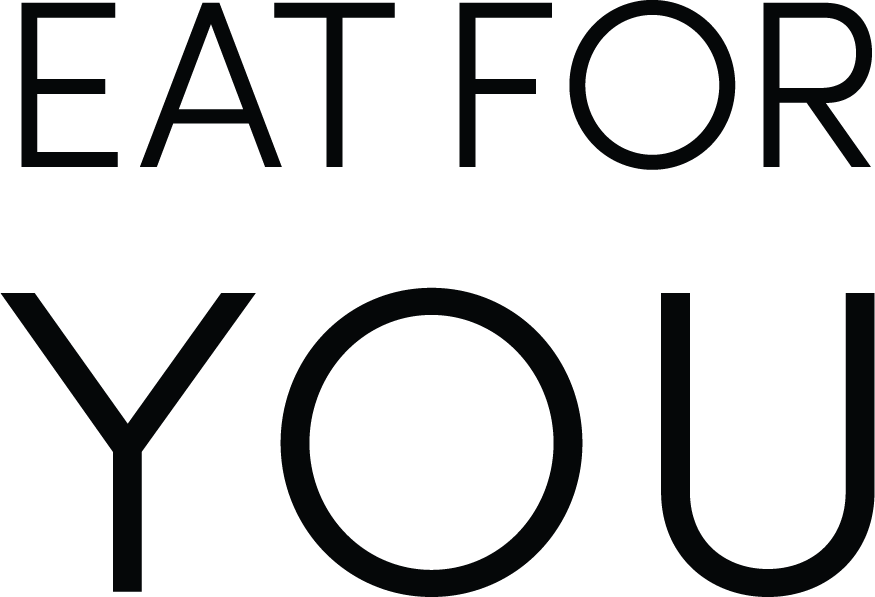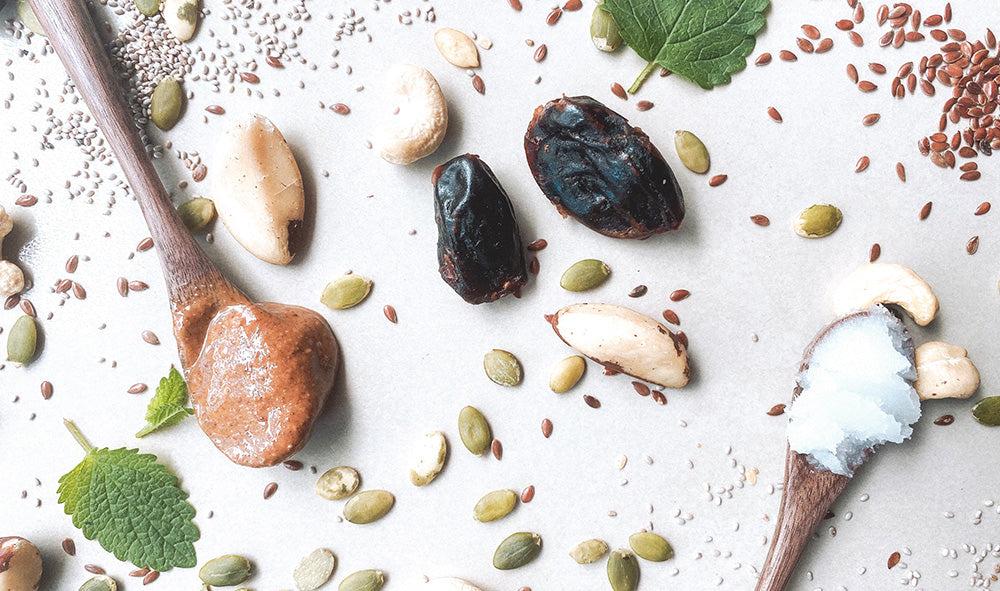
by permaculture expert - Ryan Dickinson
Meeting our dietary needs really isn’t the enormous situation WEF or WHO would have us believe. Sometimes it seems that this ‘big’ problem needs big solutions, and so we assume that sustainable food production requires big machines and big fertilisers and big solar and big, big, BIGGER everything! And then we get hit by the overwhelm and give up.
But, what if we pared it back a little?
Kat Lavers, a permie located in Brunswick, says that enough fruit and vegetables can be produced in 15sqm of intensively farmed land to feed an adult all year round. FIFTEEN square metres. And not only does she make this bold claim, she actually achieves it.
Her tiny block in the northern suburbs of Melbourne produces most of the food needed for her and her partner every year, often with surplus.
Her system requires little to no input, and an average of only 4 hours per week tending. With a good composting system, a small nursery for sprouting seeds, a run for quails, and using the leaves/timber of trees in her garden, she has created an abundant food system without the need of a big space.
So let’s keep Kat and her 15sqm in mind when we see things such as news stories of iceberg lettuce being sold for $12 a head. Lettuce is one of the easiest to grow plants for small spaces - so why are people paying that much for lettuce?
Convenience, and preference.
What if we told you that some of the weeds you hate and spray and blame for climate change, are lettuce? Maybe not the monstrous engorged, overbred lettuce we are used to seeing on supermarket shelves, but perfectly edible green leafy salad.
Learning which greens are edible opens up a whole new world of possibility. Plus most ‘wild’ varieties are growing among several other families of plants and are therefore going to be better for you.
Did you know that acacia seeds are edible? Nearly a thousand species of acacia are on our mainland, yet quite a few (depending on where you are) happen to be considered invasive species and are cut down and poisoned. Among other goodness, acacia seeds contain Selenium, a compound that is particularly vital for reproductive and cardiovascular health (and is severely lacking in the Australian diet).
Did you know that Acorns are edible?
Or that slugs and snails are edible?
Maybe you don't want to eat them (we don’t blame you), but chickens and ducks love them and they, in turn, are edible and produce edible eggs. What about dandelions (same family as lettuce)? Oxalis? Thistle? Nettle? Amaranth? Yellow Dock? Chickweed? Wild Brassica? Wild fennel? Plantane? Purslane? There is a whole world of food right on our doorsteps, and yet we seem to believe that growing our own crops is some unattainable goal?
In Australia, we have an issue (mostly imagined) with introduced species like rabbit and deer. And yet rabbit and deer are edible.
Do you see what we are getting at here?
The biggest problem is one of preference. One of imagination. One of too many people too deeply embedded in too much concrete.
What if we told you that with a few pots, a garden bed, or even just a container (take a plastic bottle, cut the neck off, line it with an old shirt or tea towel and punch holes in the bottom, fill with organic matter) you can grow just about any veg/herb?
Have you heard of Microgreens? Those pretty little delicate greens you pick off the top of your smashed avo before tucking it? Micro greens are the hugely profitable form of common vegetable plants where you eat the green of the plant well before they become market size. And yet, they are super simple to grow and harvest, from seed, within a couple weeks. Our own Dr H grows sprouts in her van while travelling around Australia and it takes only 4-5 days!
If your diet mostly consists of packaged, imported and refined foods, your diet is unsustainable.
Your problem is purely preference.
The world is an edible garden but our methods of land management have dramatically reduced the available foods, both for us, and for our furry/scaly/winged friends, and it’s well past time for us to help build that garden back up.
In order to combat the need for big, big, BIGGER, we are first going to have to learn to work within limits. Limits of access to food (what grows around or near you?), limits of community (who do you know? Who can you work with? Who can you trade with) and limits of delegation (not ‘how can distant farmers/politicians serve my needs’, instead, how can I satisfy them within my community?)
We're going to have to stay local. We're going to have to stop asking everyone else to sort it out. To stop deferring to chain stores and political parties and international organisations. It’s time for us to adult up, grab that wicker basket, and go for a balmy forage in the woods (or park, or nature strip, or backyard or wherever we haven't oppressed the loving soils beneath harsh concrete).
Get out there, get your hands dirty, and bring the magic back into your garden.
You don’t even need 15sqm 😉
Check Kat Lavers garden out here (https://www.youtube.com/results?search_query=kat+lavers)
Learn about wattle seed here (https://anfab.org.au/main.asp?_=Wattleseed).
If you want more information, a visual aid or to go on a weed walk, check out this guy (https://www.veryediblegardens.com.au/events/edible-weeds-walk-64/)
And this is a great book - https://store.holmgren.com.au/product/the-weed-foragers-handbook/

